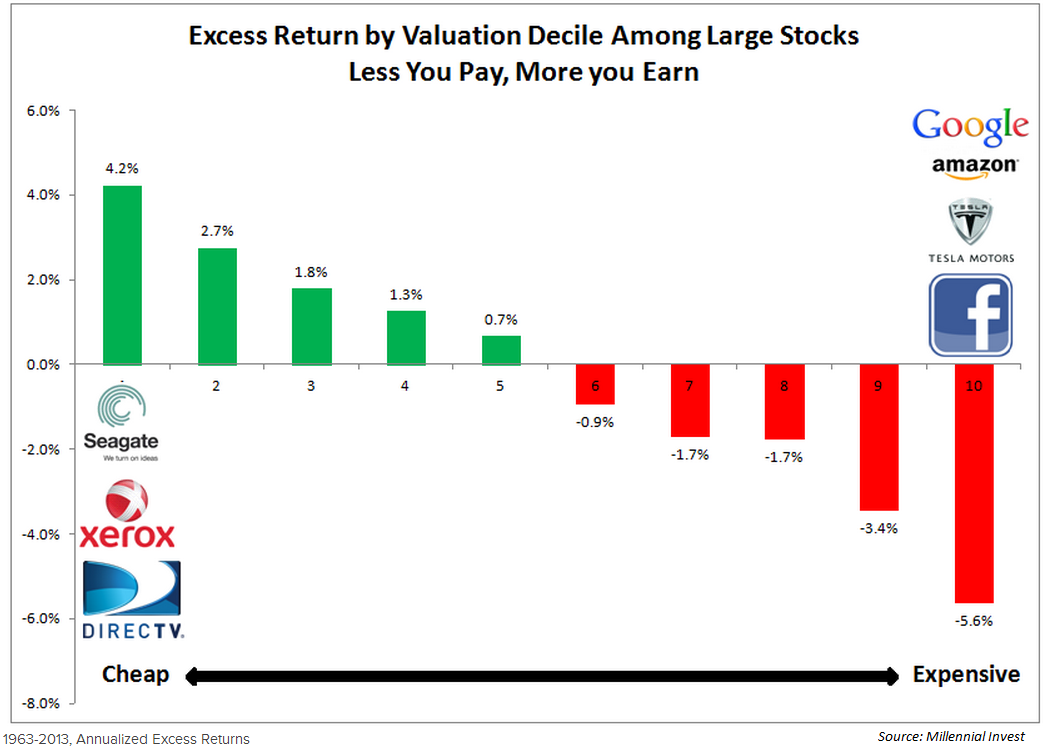What s In a (Mutual Fund s) Name A Wealth of Common SenseA Wealth of Common Sense
Post on: 1 Май, 2015 No Comment

From last weekend’s Barron’s:
With nearly half of the companies in the Standard & Poor’s 500 paying a dividend yield greater than the 10-year Treasury bond’s recent 2.11%, investing in dividend-oriented mutual funds would seem like a good idea. But many funds promise more than they deliver, and investors are apt to be disappointed with the yields they offer.
Only 46% of open-end equity funds with “dividend” or “income” in their name actually have a 12-month yield greater than the S&P 500’s average of almost 2% in the same span, according to Morningstar. Part of the issue is nomenclature: Some dividend funds aren’t focused on yield as much as dividend growth, or the potential for so-so yields to increase consistently over time. The premise is that companies able and willing to up their payouts on a steady basis have solid or improving business fundamentals, and could generate strong stock returns.
I have a feeling many of the owners of these dividend or income funds would be surprised to hear that they could be getting a higher yield in an S&P 500 index fund. Its not surprising that the fund companies are trying to sell the appeal of dividend-producing funds, even if the funds dont actually do what their name implies.
The smart beta revolution has led many investors to search for low volatility stocks because they have produced above average risk-adjusted returns in the past. Many of these stocks are dividend-paying companies. Retirees are also desperate for yield, so anything with dividend or income in the fund name is sure to get their attention.
Unfortunately, Wall Streets team of marketers and salespeople know that investors look at the names of the funds when making their investment choices. And when they dont like how the funds name is currently working, they can always change it. Every month in the Mutual Fund Observer, David Snowball lists each of the funds that have decided to change their name to try to drum up more interest.
A few selections from last month’s edition:
Around May 1, the $6 billion ClearBridge Equity Income Fund (SOPAX) becomes ClearBridge Dividend Strategy Fund. The strategy will be to invest in stocks and “other investments with similar economic characteristics that pay dividends or are expected to initiate their dividends over time.”
Effective May 1, 2015, European Equity Fund (VEEEX/VEECX) escapes Europe and equities. It gets renamed at the Global Strategic Income Fund and adds high-yield bonds to its list of investment options.
On April 30, Goldman Sachs U.S. Equity Fund (GAGVX) becomes Goldman Sachs Dynamic U.S. Equity Fund. The “dynamic” part is that the team that guided it to mediocre large cap performance will now guide it to … uh, dynamic all-cap performance.
I love the fact that Goldman Sachs changed the name of their fund to include the word dynamic. Sure, thatll do the trick. A few other names and descriptive terms the fund companies use to try to get your attention:

- Enhanced
- Unconstrained
- Ultra
- Moderate
- Aggressive
- Core
- Opportunities
- Efficient
- Thematic
- Prudent
- Inverse
- Tactical
This is fairly basic advice, but with the coming wave of active and smart beta ETFs, its a good reminder to do your homework when buying any fund. You cant simply look at the title and assume that the fund will follow through with the strategy implied by its name.
Sources:
Further Reading:
The Mutual Fund Observers Asset Allocation
Subscribe to receive email updates and my monthly newsletter by clicking here .














